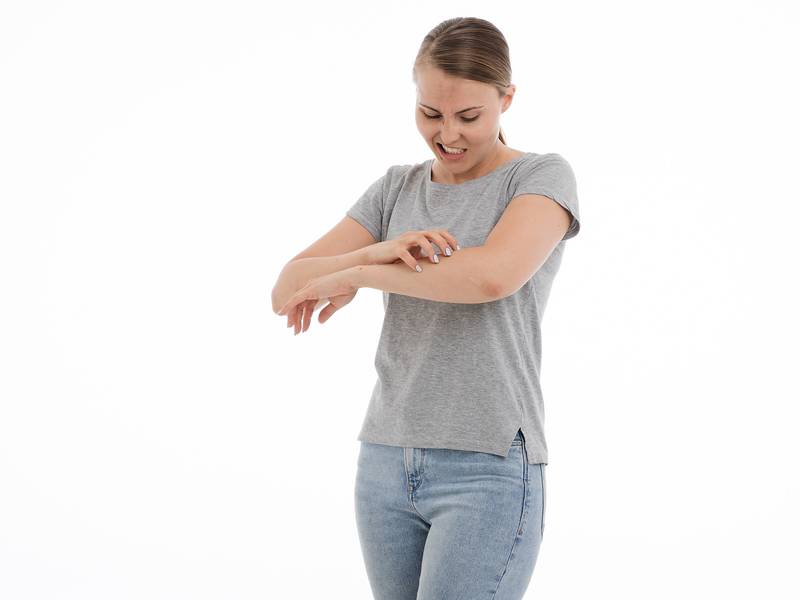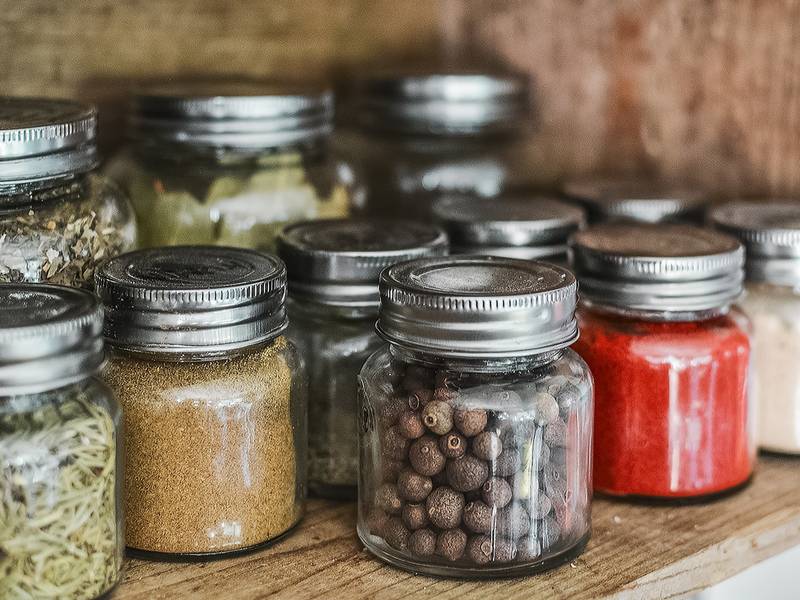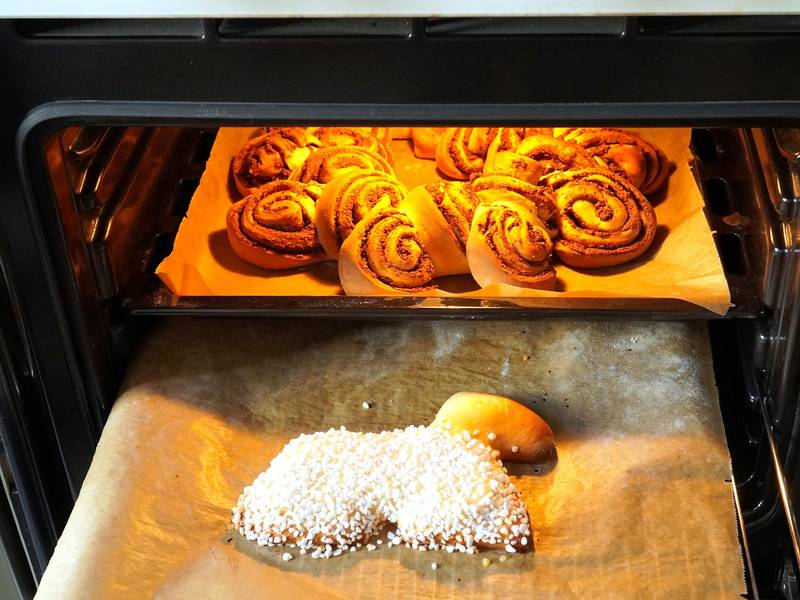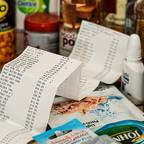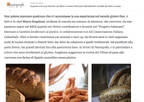

Marco Scaglione
My professional biography and my story are linked together they kept strong by a strap which is called passion. I'm lucky: I like my job, I enjoy it and it fills me with satisfaction.
It was born a new collaboration between Marco Scaglione and Aksum. Click on the logo and visit their site.
INSIGHTS
Marco Scaglione
Gluten Free Blog: Insights
Le nombre de coeliaques augmente les cas diagnostiqués mais pas les malades.
Today we try to understand how the numbers of celiac disease move if patients are increasing or diagnoses are increasing.
Until a few years ago it was a problem of a few, but today it is increasing exponentially the number of patients. There are 172 thousand people who, in reality, could be many more, considering that coeliac disease is not always immediately diagnosed because of the "chameleon" patients difficult to identify.
Celiac disease and herpetiform dermatitis
Individuals with coeliac disease rarely suffer from herpetiform dermatitis (or herpetiform dermatitis of Duhring, or again, painful polymorphic dermatitis of Brocq), a particular condition that is also defined as celiac skin. Wrongly, herpetiform dermatitis tends to be considered an autoimmune disease; however, considering the established correlation with celiac disease, Duhring’s dermatitis is more correctly classified as a cutaneous manifestation of a food intolerance.
Practical guide to food storage
The method of preservation of food, allows to maintain as long as possible the organoleptic and sensory characteristics of the product and to be able to consume it at a distance of time in total safety containing the biological risk of proliferation of microogranisms in food.
Microbial development is favored by temperature, humidity and weather conditions. The refrigerator and freezer are used to curb the activity of micro-organisms or chemical processes that degrade food.
Methods of baking in the oven
Baking is among the most common also for the simplicity and the different selectable modes, including static and ventilated.
For the preparation of sweet and savoury dishes, today we will clarify identifying which recipes are most suitable for both.
 English
English
 Italiano
Italiano
 Español
Español
 Francais
Francais



